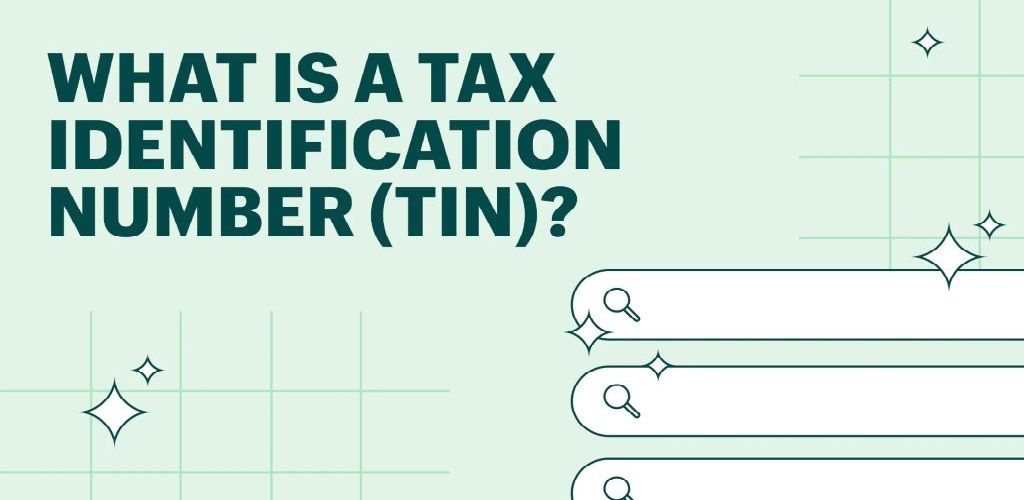When new technology becomes common in industries, there’s a higher chance of cyberattacks. For example, when everyone started working from home because of the lockdown, it created new security challenges, leading to an increase in cyberattacks. These kinds of attacks can happen anytime, so businesses need to have cybercrime insurance.
But just having cyber insurance isn’t enough. You also need to know how to use it. If you don’t know how to make a claim when something goes wrong, your insurance won’t help you. So, understanding the claim process is crucial to getting the most out of your cyber insurance.
Let’s discuss the meaning of cybercrime insurance, eligibility criteria, claim process, documents required, and more
What is Cybercrime Insurance?
Cybercrime insurance is a dedicated insurance policy that protects users from financial losses and damages caused by illegal leaks or disclosure of personal and financial data online. This kind of insurance not only safeguards your money but also provides peace of mind when your sensitive information is breached.
In India, the use of the Internet has grown rapidly in recent times. People do a lot of things online, like shopping, banking, and socializing. However, these activities also increase the risk of falling victim to digital fraud, cyberstalking, hacking, and online theft. Cybersecurity insurance acts as a safety net for users against these criminal acts online. It provides financial protection and support if you experience any of these cybercrimes, which help you recover from the damage caused.
When are You Eligible to claim Cybercrime Insurance?
If you want to know whether you are eligible to claim cybercrime insurance, you should know about certain terms and conditions. Just like any other kind of requirement, cybercrime insurance has its own set of criteria.
Firstly, you need to be at least 18 years old to purchase a cyber insurance policy. Additionally, you must be a citizen of India to buy cyber insurance within the country. This means that if you are underage or not a citizen of India, you won’t be able to purchase a cyber insurance plan or raise a claim.
How to Claim a Cybercrime Insurance Plan?
Here is a list of the steps to file a claim for your cybercrime insurance.
- Identify the Point of Security Breach
The first step is that you find out about the security breach. If you notice that someone unauthorized has accessed your private data or information, it’s crucial to acknowledge the breach. Cyber attacks can happen anytime, affecting devices of any model.
- File an FIR (First Information Report)
In the second step, when you become aware of the breach, it’s advised to file a legal complaint or FIR with your local police station or cyber security department. Keep a copy of this complaint safe, as you’ll need it for submission to your insurance provider.
- Inform Your Insurance Provider
After that, you will then need to inform your insurer about the claim within the time limit specified in your policy, usually within 1 or 2 days of discovering the breach. Provide them with all the necessary information. Some insurers offer 24×7 customer service to assist you with the process and address your concerns.
- Submit the Complete Documentation
In the further step, your insurance company will ask you to provide certain documents like a copy of the FIR or complaint along with a claim form.
- Forensic Analysis
Once you’ve submitted the required documents, your insurer will initiate the claim processing. They will examine the documents to verify the authenticity of your claim. Additionally, they may engage forensic experts to authenticate the claim’s validity.
- Final Settlement
In the last and final step, after validating the claim, the insurance company will proceed with the settlement. Depending on the terms and conditions of your policy, you may receive the insured amount within a few days.
Which Documents are Required to File a Cybercrime Insurance Claim?
Listed below are the documents needed to raise a cybercrime insurance claim.
- Claim Form
Make sure you fill out the form correctly. Even after filing it, you should double-check it to avoid errors.
- Copy of FIR
Include a copy of the First Information Report (FIR) that you filed with the police station.
- Proof of Losses
Provide evidence of any financial losses incurred as a result of the cyber security breach.
- Forensic Report
If available, submit a forensic report detailing the nature and extent of the breach.
- Bills for Restoration Expenses
Include any bills or receipts for expenses related to restoring your systems or data.
- Evidence & Details of Loss
Provide any additional evidence or details regarding the losses suffered due to the breach.
- Screenshots or Photocopies
Try to include screenshots or photocopies of any relevant findings or evidence related to the breach.
- Legal Documents
If applicable, include copies of legal documents such as notices or summons related to the breach.
Frequently Asked Questions
Listed below are the frequently asked questions related to the cybercrime insurance claim process.
Most cybercrime insurance plans make you wait for 8 to 12 hours before coverage kicks in. But this waiting time can vary depending on the insurance company you choose.
Cyber attacks come in different forms. Some common ones are phishing, where scammers try to trick you into revealing sensitive information, and attacks on unpatched software, like malware that sneaks into your system.
Yes, cybercrime insurance helps cover costs if you’re hit by a cyber attack. It can pay for things like legal fees, damages, and compensation to people affected by the attack.
Any business, whether it’s just starting out or well-established, can get cyber insurance to protect its online data.
Yes, even if an attack is caused by an employee, cyber insurance can still help cover the costs and damages.
It depends on the company you’re with. Some test your network security weekly, while others do it monthly. Irrespective of your frequency, it helps keep your network safe.








